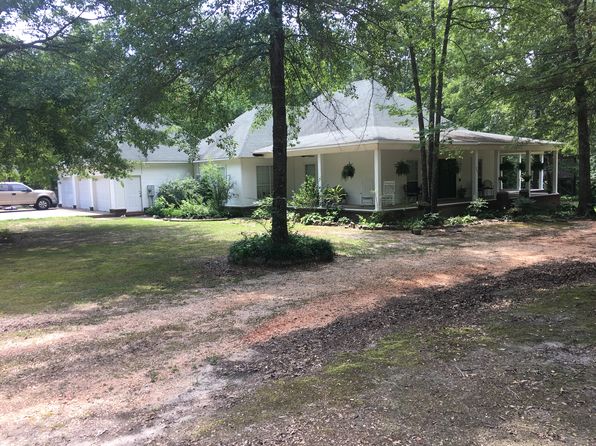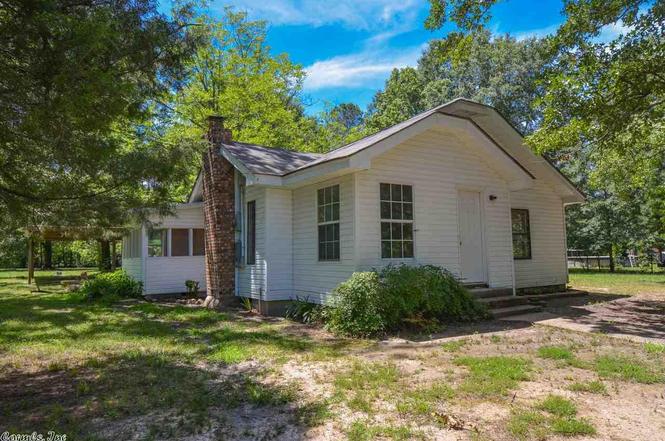
The Harmony Grove School District serves more than 1,000 students in its elementary, junior high, and high schools. Most of the population is white, although the 2010 census counted 263 African-American and 114 Hispanic residents.

Between 20, the population jumped from 2,645 to 3,990. However, by the end of the twentieth century, the growing population of cities such as Benton and Bryant (Saline County) meant population growth for Haskell as well. The post office closed in 1973, with mail being sent to Benton. Interstate 30, beginning in Little Rock and going to Texas, was built several miles to the west of Haskell. The decline of the railroad industry led to harder days for cities like Haskell. The facility is now known as the Arkansas Health Center. Workers for the Works Progress Administration (WPA) completed more buildings for the unit in 19. In 1929, the Arkansas State Hospital purchased 3,000 acres of land between Haskell and Benton, where it built the Benton Unit beginning in 1931. There was also a school for African Americans, known as Juniorville. He held them until the amount received matched their fine.Īround 1927, the Mount Harmony and Hickory Grove schools were consolidated, creating the Harmony Grove School District. The town marshal collected a dollar a day from the city government to house prisoners. Haskell also had a jail that held people arrested for riding the train without paying a fare, as well as people guilty of selling whiskey, stealing, fighting, or gambling. There were also six teachers, four merchants, two blacksmiths, a stave mill, a physician, and an insurance solicitor. The Saline County sheriff began an investigation, forwarding the letter to federal authorities in Little Rock, but the culprit was never identified.īy 1920, most of the workers in the city were involved in agriculture, with railroad work coming second and the timber industry third in importance. Haskell achieved a brief moment of notoriety in May 1917, when a forged letter bearing the name of the road master for the Iron Mountain Railroad was received by the section foreman at Haskell ordering that all section men should immediately report for military duty, with half of them to leave in short order for fighting in France and Russia.

At first, the nearest school was in Hickory Grove (Saline County), but a three-room school named Mount Harmony was built in Haskell in 1912. The city was incorporated in the summer of 1910. Dickenson was the first postmaster at the depot when a post office was established in 1906 he also ran a general store and a hotel. The name Haskell reportedly was selected because it was the first name of the man who donated land for the Rock Island system, Haskell Dickenson.

The depot built to serve the Rock Island line also was used by the Iron Mountain line, making the incipient community a railroad center for the region. However, the land did not become valuable until the Chicago, Rock Island and Southern built a route extending south to Louisiana that came within a mile of the Iron Mountain-soon to become part of the Missouri Pacific system-which was completed in 1908. White then acquired land not far from the Iron Mountain track in 1883. Louis, Iron Mountain and Southern Railroad extended south from Little Rock (Pulaski County) in the 1870s.
Other early settlers included Thomas Montgomery and William Washington White.įollowing the Civil War, railroads began to expand their operation in and across Arkansas. One of the first to receive a land grant for the area that would become Haskell was Mabel Gilbert, who received land grants dated 18. Southern Saline County, watered by creeks that flow into the Saline River, was a rugged wooded area when Arkansas became a state in 1836. Once recognized as a railroad town, located between the Missouri Pacific and the Rock Island tracks, Haskell is best known in the twenty-first century as the home of the Harmony Grove School District. Haskell is a city on Highway 67 in Saline County, about seven miles south of the county seat of Benton.


 0 kommentar(er)
0 kommentar(er)
